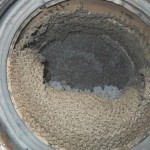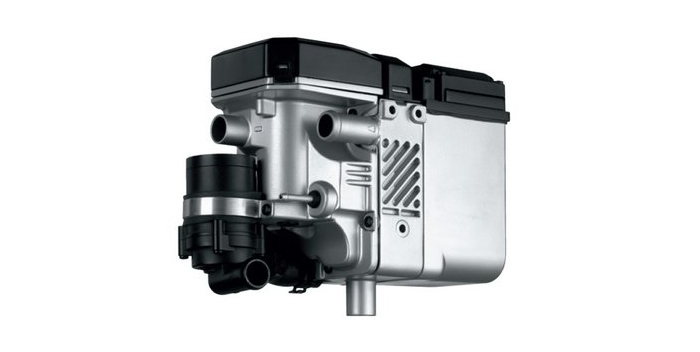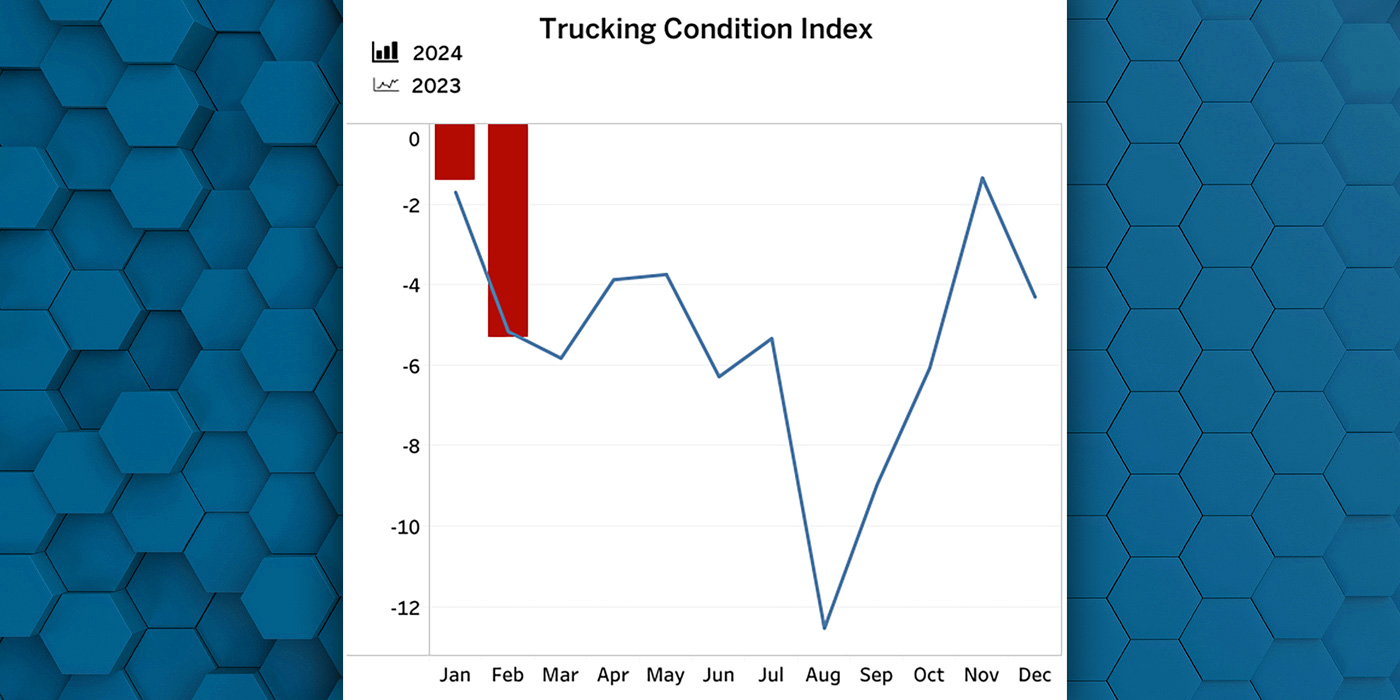
Fleets have been using coolant heaters with great success in warm and cold climates as cost-saving idle reduction solutions. These heaters help to keep trucks on the road by pre-heating the engine before it is turned on and drawing in cold coolant into a heat exchanger, where it is warmed and then pumped back to the engine.
The traditional use for a coolant heater is to pre-heat the engine in cold temperatures to eliminate cold starts, reduce idling and save fuel. An independent study has found that Webasto coolant heaters also significantly increase the performance of DPFs.
Coolant heaters help the performance of the DPF in two ways, Webasto explained. First, it reduces emissions during engine start-up and brings the engine to optimum operating temperature. The amount of particulate matter (PM) that the DPF has to trap and burn is reduced. Secondly, it helps the exhaust gases reach the temperature needed for the DPF to perform the regeneration process. This is particularly important for shorter routes on which the vehicle is not driven long enough for exhaust temperatures to reach that high temperature.

The study concluded that PM emissions from an engine equipped with a 5 kW (17,000 BTU) Webasto coolant heater were reduced by 66% by pre-heating the engine during cold weather conditions, and by 27% during normal ambient conditions.
NOx emissions were reduced by around 40% by pre-heating the engine in both warm and cold climates. CO2 was reduced by 29% during winter conditions and 62% during normal ambient conditions. This was tested in a normal ambient testing environment of 75 degrees Fahrenheit. This means that coolant heaters are effectively reducing emissions and improving DPF performance year-round in any part of the country, Webasto stated.
There are many benefits of pre-conditioning engines with a coolant heater, including reduced DPF maintenance costs, extended regeneration cycles, reduced filter overloading, face plugging and thermal cracking, fuel cost savings and eliminating cold starts. Consider pre-conditioning the engines in your trucks in both warm and cold climates to keep them on the road while minimizing overall operating costs.














